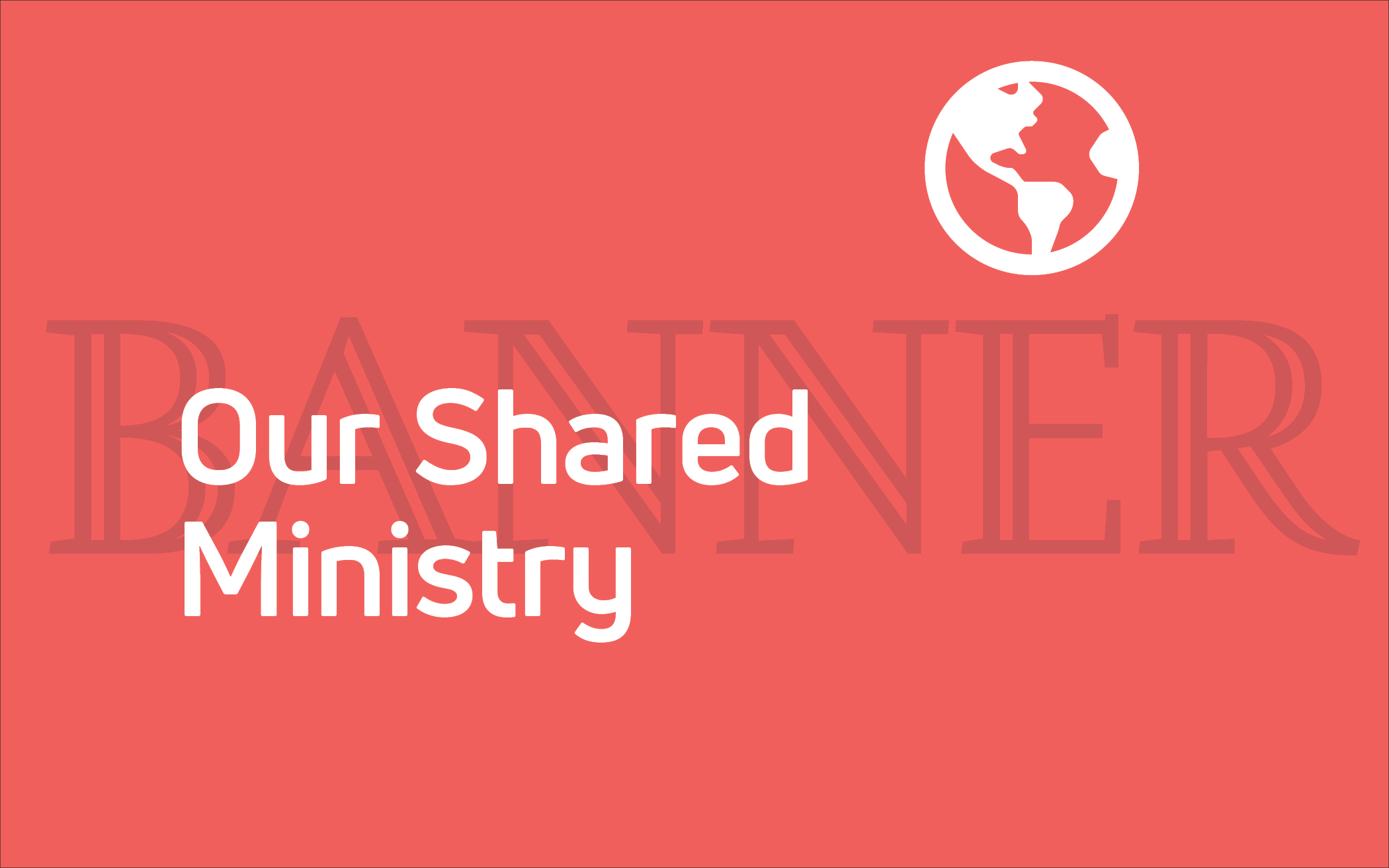Oasis Community Church in Moreno Valley, Calif., is quite literally an oasis in the middle of a strip mall. Its center-city building is surrounded by a restaurant, a fitness center, and a preschool.
On Sunday morning about 500 people come to church. The congregation is a mix of African Americans, Caucasians, Hispanics, and Asians. The worship incorporates gospel songs, hymns, and songs in Spanish. Varied economic backgrounds are also represented—from homeless people to people in suits.
Oasis reflects not only the diversity of its community, but also the diversity of God’s kingdom.
Oasis didn’t set out to be diverse. It began as a church plant in 1990, when Moreno Valley was the fastest-growing city in the United States. Located 50 miles (80 km) from Los Angeles, it serves as a “bedroom community.”
In 1991 the church planned its grand opening in a school building. It spent all its start-up money on invitation mailers. Then the school’s lawyers advised the board against allowing a church to meet there and it seemed all was lost.
On the Tuesday before the opening, church leaders attended the school board meeting and pleaded for permission to meet. It was granted, and two board members later joined the church.
Since then, Oasis has continued connecting. In the mid-’90s, when the nearby army base downsized, Moreno Valley suffered a severe economic downturn. Though their home went below loan value, Pastor Al Breems and his family decided to stay.
Crime accompanied the downturn. Two young teenagers were shot near the place where the church met. When Oasis called a special meeting to discuss the problem of crime, 400 people attended. Community watch groups were started, and Oasis members joined their neighbors in patrolling the streets on different nights.
Oasis still serves as an anchor in the community through its programs, from GEMS and small groups to a recovery program. It hosts an annual Thanksgiving dinner that hundreds of neighborhood people attend. The dinner includes a huge buffet, skits by church members, and a clothing giveaway—people are invited to take as much clothing as they can carry.
Oasis set out to serve its community; it has ended up reflecting the community. The staff of the church is intentionally multicultural, with people of Dutch, Salvadoran, Korean, African American, Hispanic, and Filipino descent.
Art Valenzuela, an elder, says, “We know that our unity is not rooted in anything but Christ, and this has kept us together.” Members of the congregation talk about the way in which their ethnic and economic diversity no longer presents a barrier to their unity in Christ.
“The only thing we’re not diverse about is God’s Word,” Art adds. Though most of the church’s members are new to the CRC, they have come to appreciate the denomination’s structure and doctrine. Youths and leaders are trained in the Heidelberg Catechism, and a number of the young people have gone on to study at Calvin College, Grand Rapids, Mich.
Reflecting on the church’s strengths, one member says, “We don’t have to wait for heaven to see the diversity of the kingdom. We get to live in it today.”
Rooted in Moreno Valley and also rooted in God’s universal Church, Oasis is working to bring the two together.
About the Author
Kristin Niehof is a graduate student at Regent College, Vancouver.





